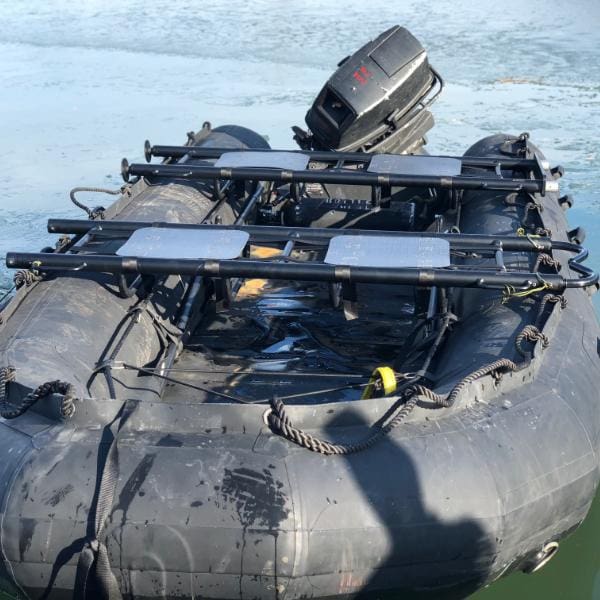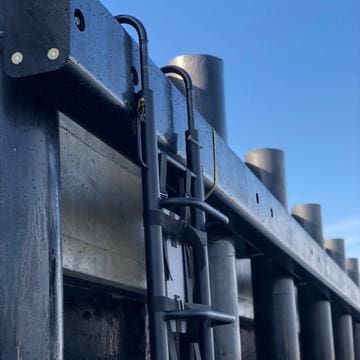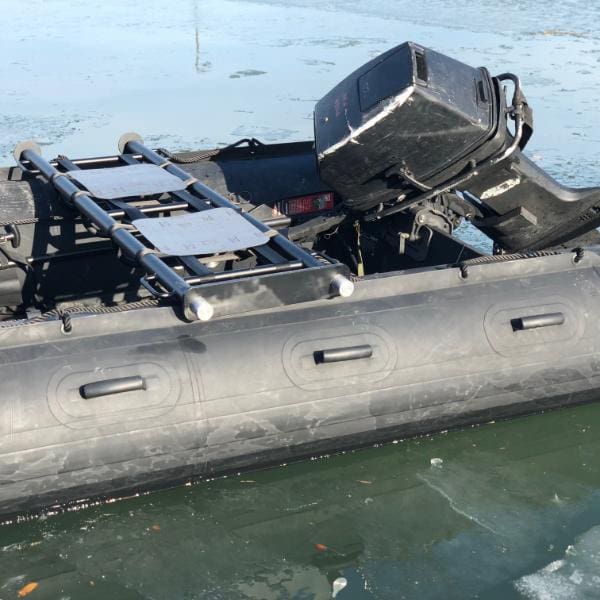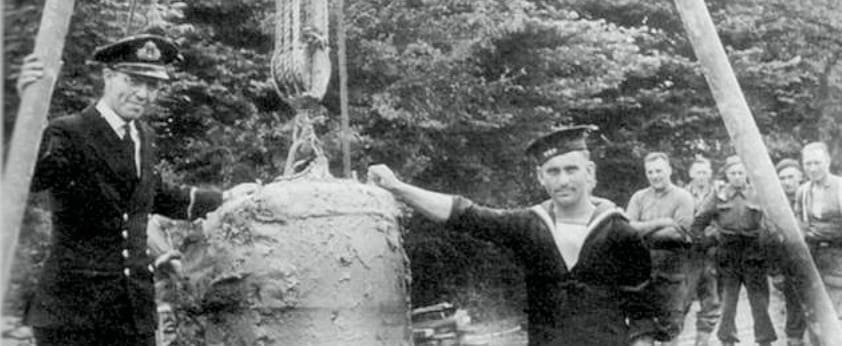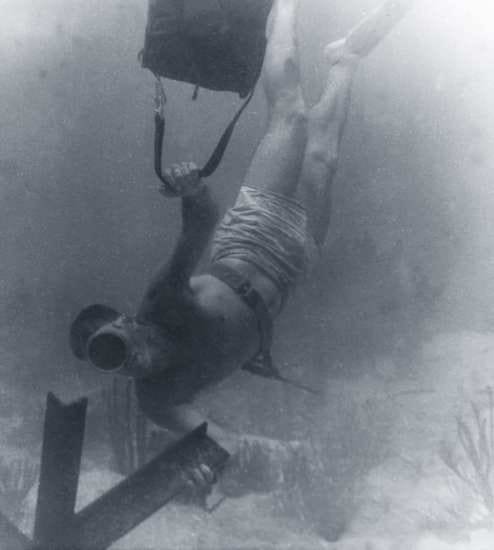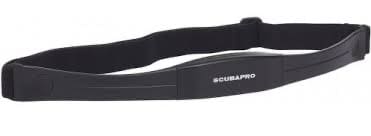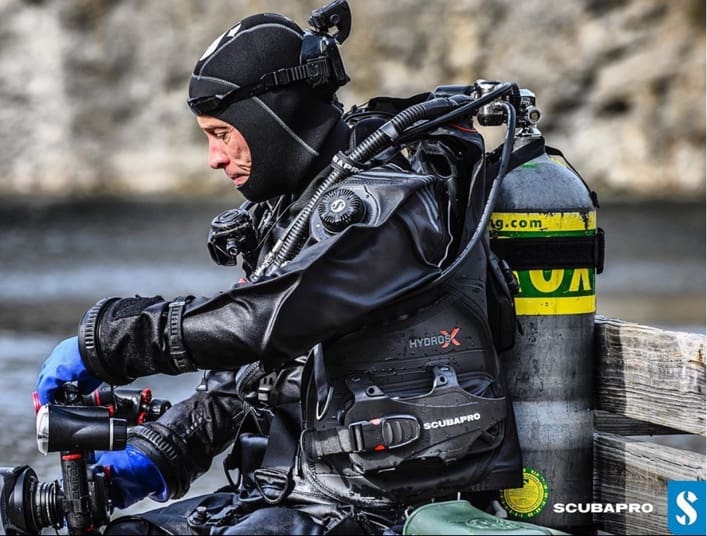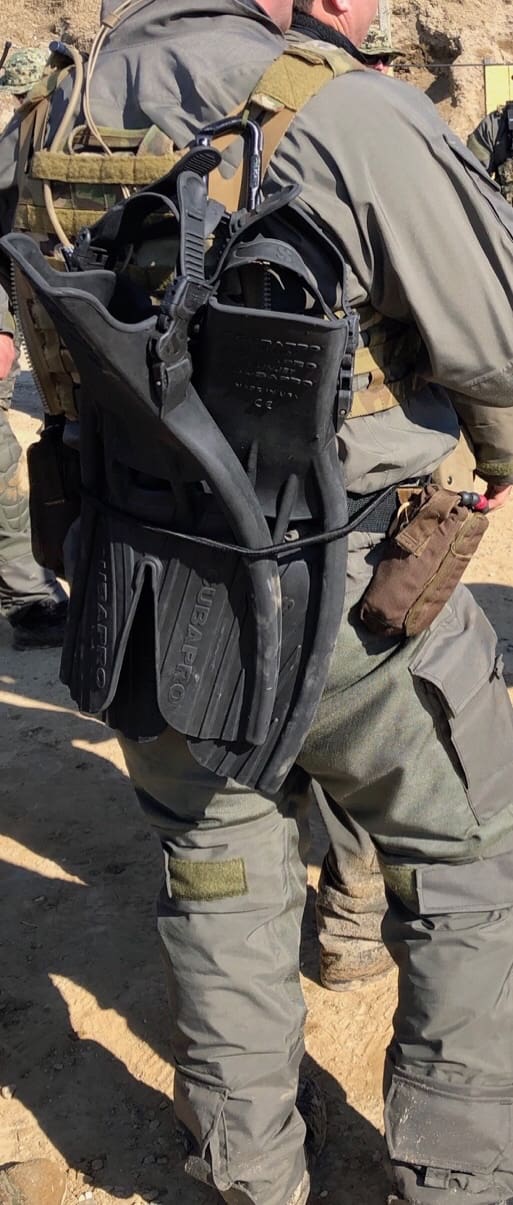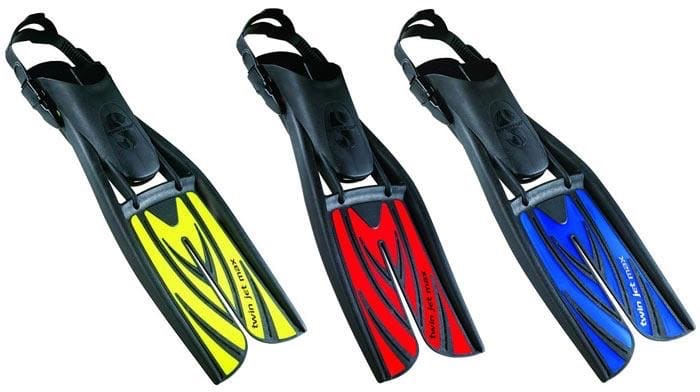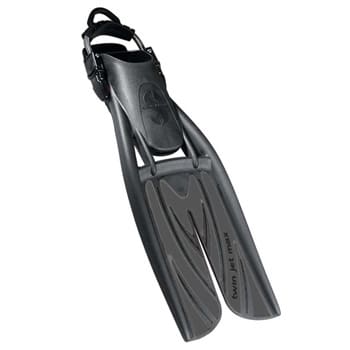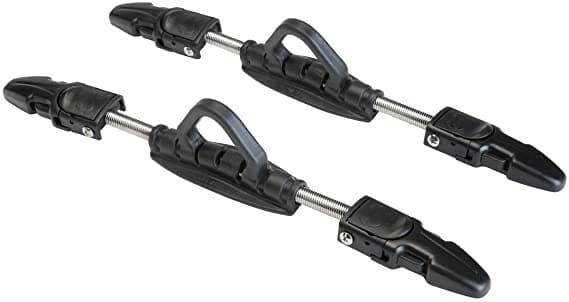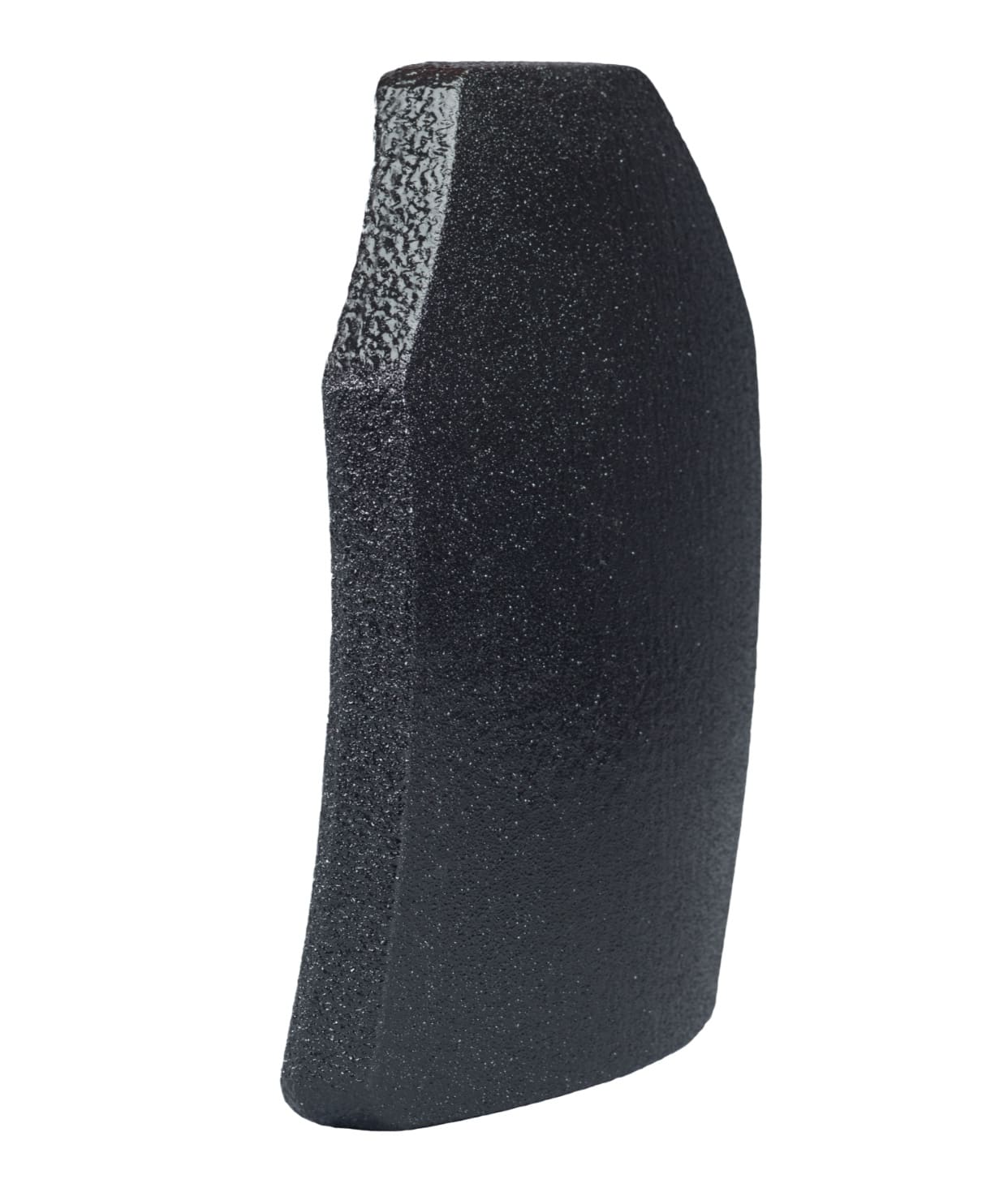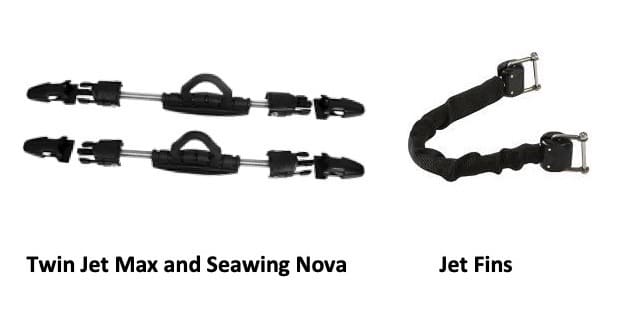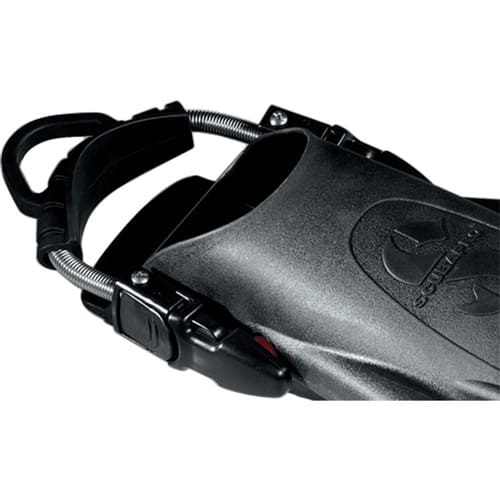California based Wing Group, a leading manufacturer of inflatable sponsons, small combat craft, whitewater rafting solutions, life rafts, and marine doors and windows, recently closed on the acquisition of MTI with the sole purpose of building on its recreational portfolio and adding an existing, well respected paddling brand to merge with Mustang Survival.
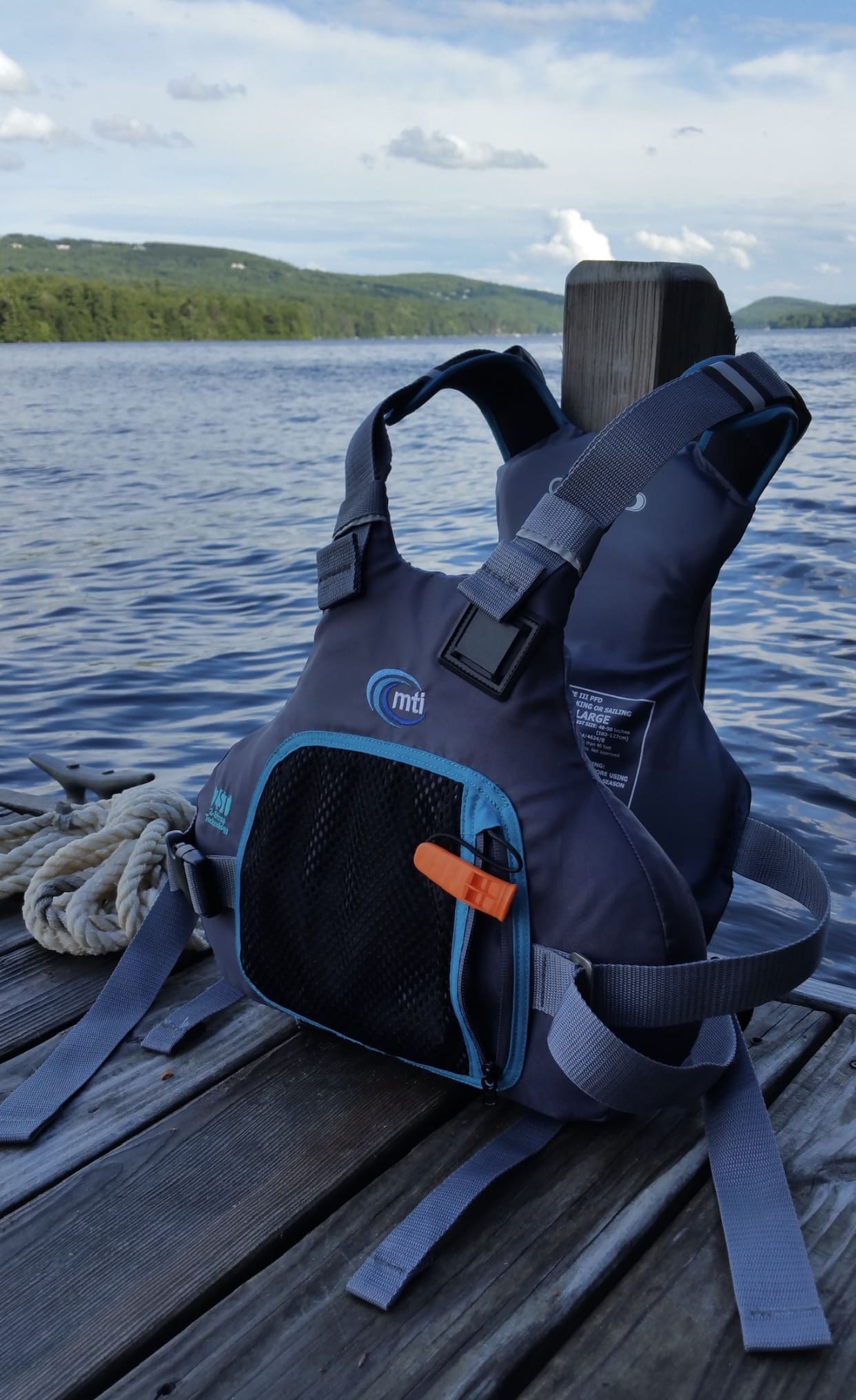
The amalgamation allows Mustang Survival to enhance its offerings in paddle PFD’s and become the trusted industry leader in marine recreation with product that spans all activities from off-shore Sailing, kayak Angling, boating and now in a much larger way, paddling.
Commenting on the announcement, Mustang Survival VP Recreation Product Category, Josh Horoshok, highlights the opportunities it creates. “Combining the technical engineering of Mustang Survival with the design and development of MTI Adventurewear will provide a platform to build world-class premium white-water, rescue and guide level product. It will be a catalyst that drives us forward to achieving our vision of being a podium brand in this high-growth category.”
The Wing Group led by President and CEO Andrew Branagh has been expanding its core product offering and reach with acquisitions aligned to its values and mission.
“MTI represented an incredible opportunity to become more relevant in the paddlesports market. Combining the Mustang Survival Brand, DNA and product, together with MTI we can now provide premium foam flotation solutions in a full assortment to increase the commercial appeal to a broader selection of consumers”.
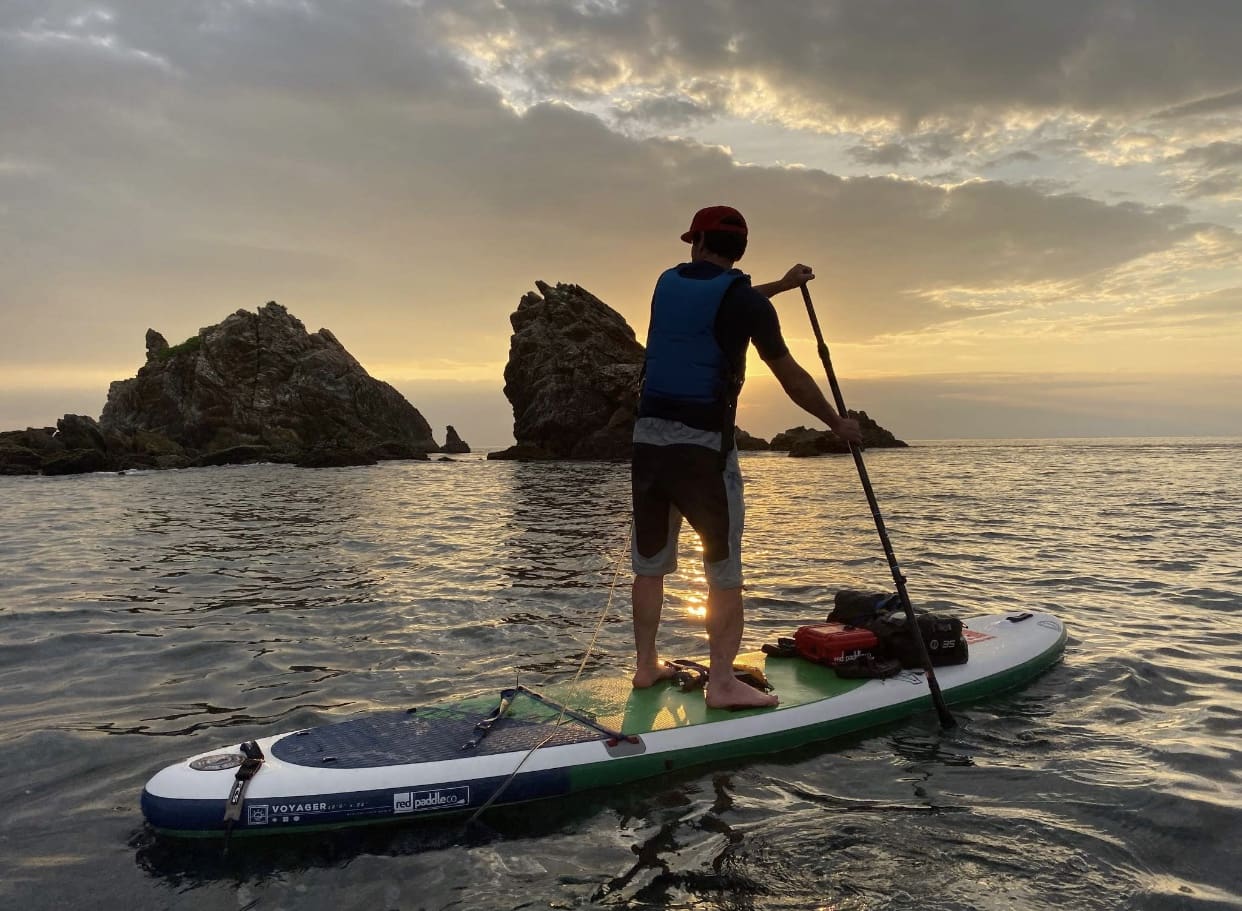
MTI Adventurewear, MTI Adventurewear is a family owned and operated business founded in 1991. Current owners, husband and wife, Gordon and Lili Colby have been passionate about developing and producing comfortable and affordable foam and inflatable PFD’s for paddlers since they bought the business in 2011.
“The best PFD is the one someone will wear, and it’s been our mission to make getting into and wearing a PFD as easy and accessible as we can. We are so excited to become part of the Mustang Survival family, and to work alongside a likeminded group of dedicated designers, engineers and customer experience professionals, all focused on delivering premium service and solutions. MTI’s established base in paddlesports is the perfect platform for Mustang Survival to launch into the industry”.
Both will take on roles at Mustang Survival. Gordon will work in PFD design and development while Lili will assist Mustang Survival’s sales and marketing teams. The acquisition and Mustang Survival’s push into outdoor/paddle will be paired with a huge investment in grass roots marketing and winning with communities.
Mustang Survival is currently working with all MTI customers and suppliers to develop a smooth busines transition. Product will be showcased and sold via the Mustang Survival website, and all customer service will be handled by Mustang Survival teams.


